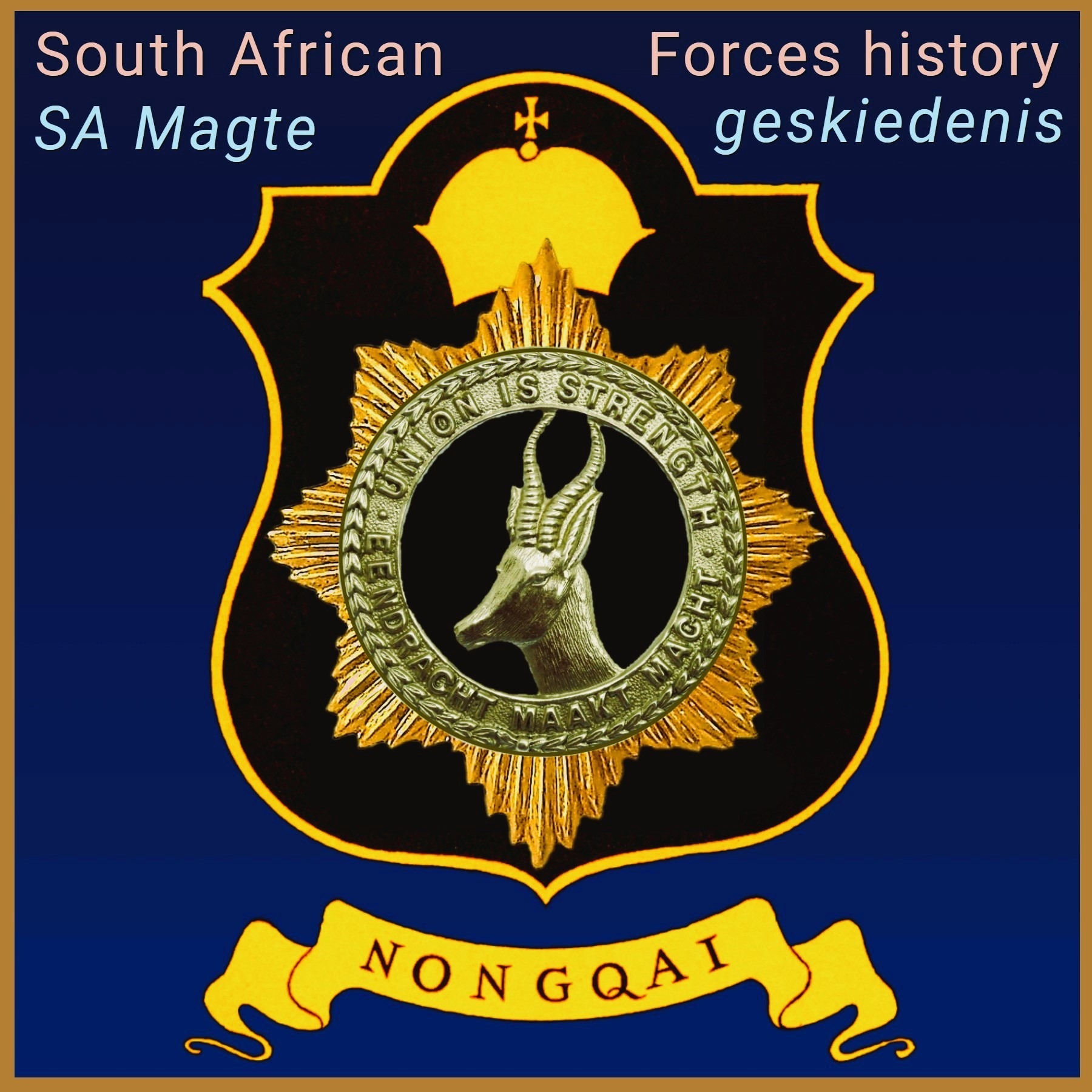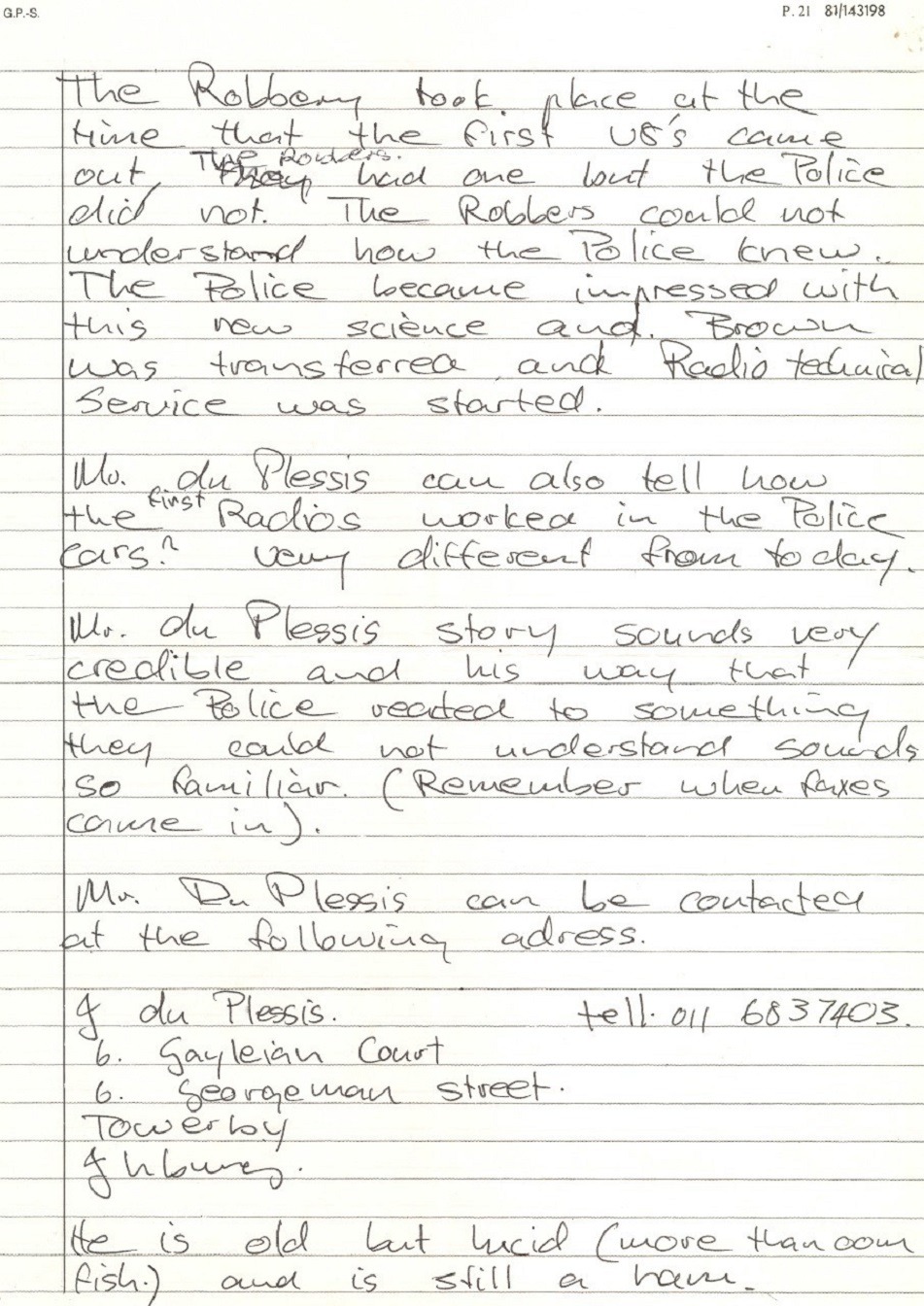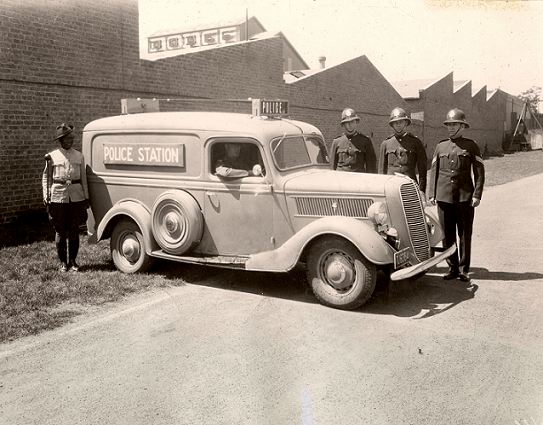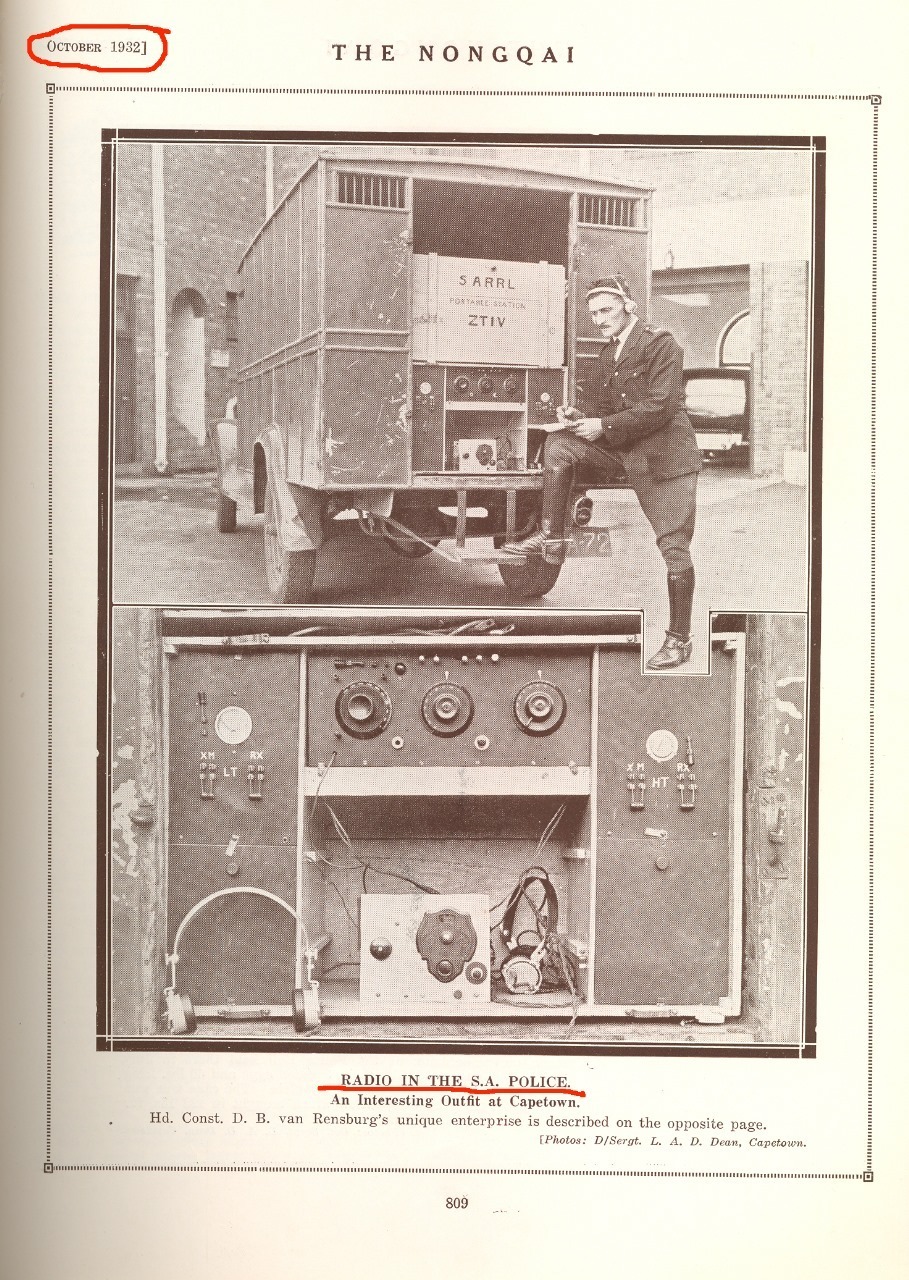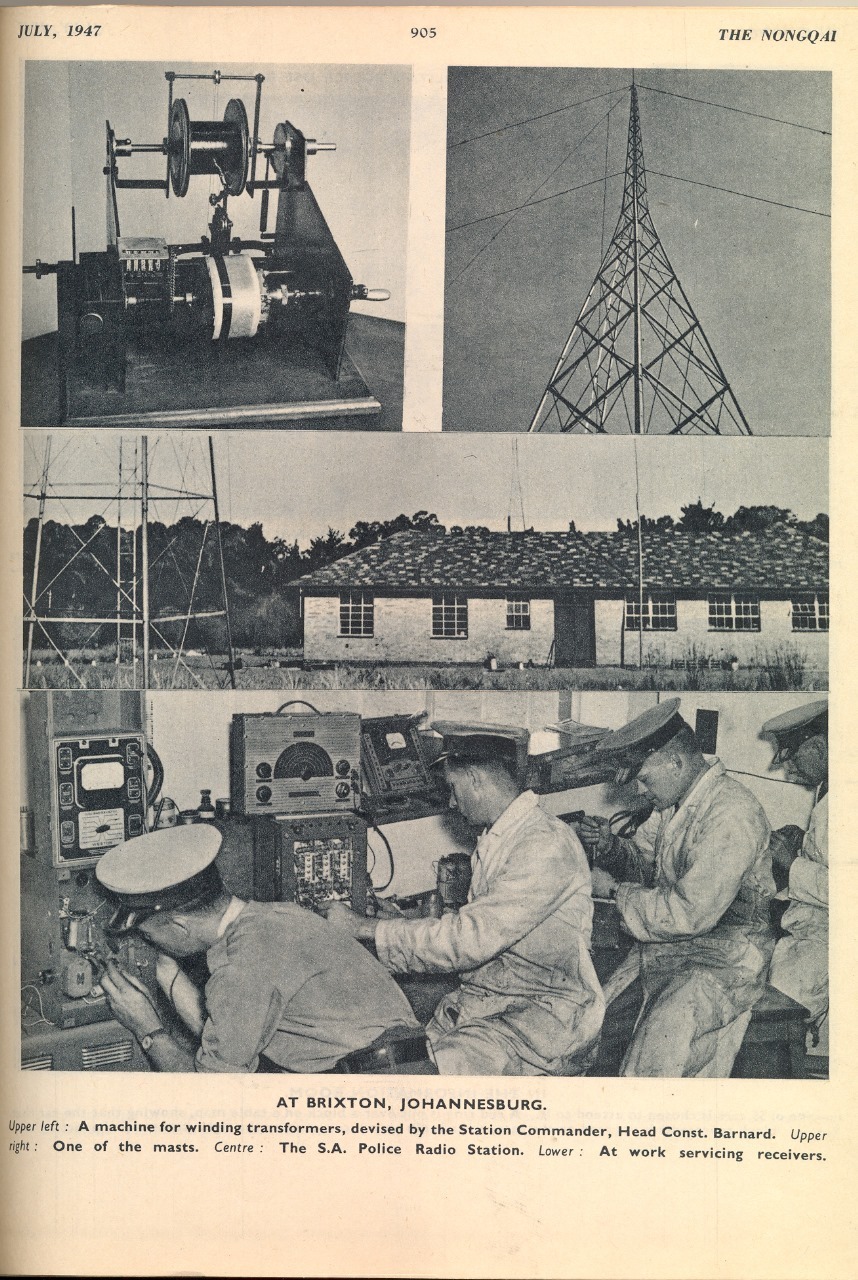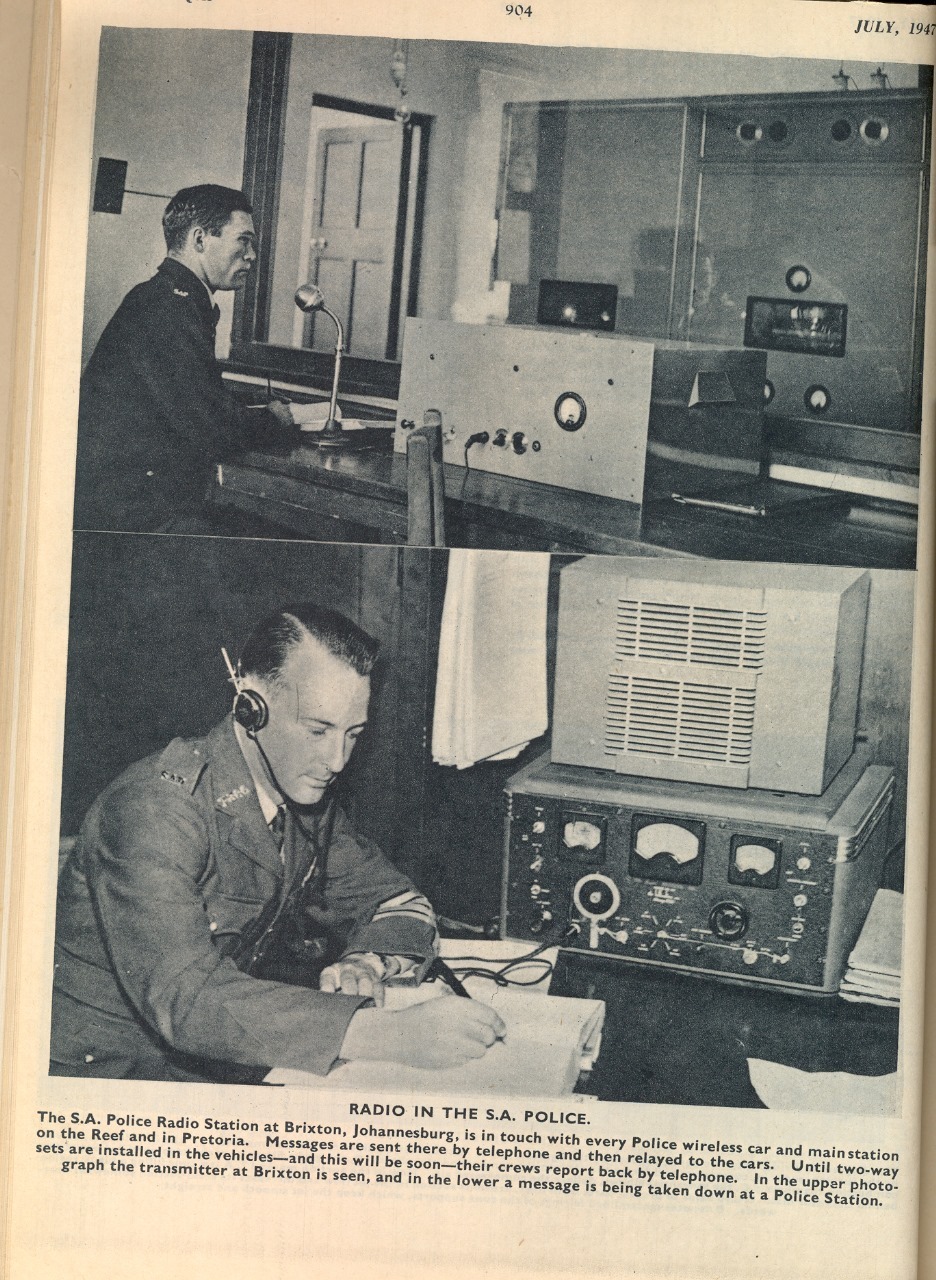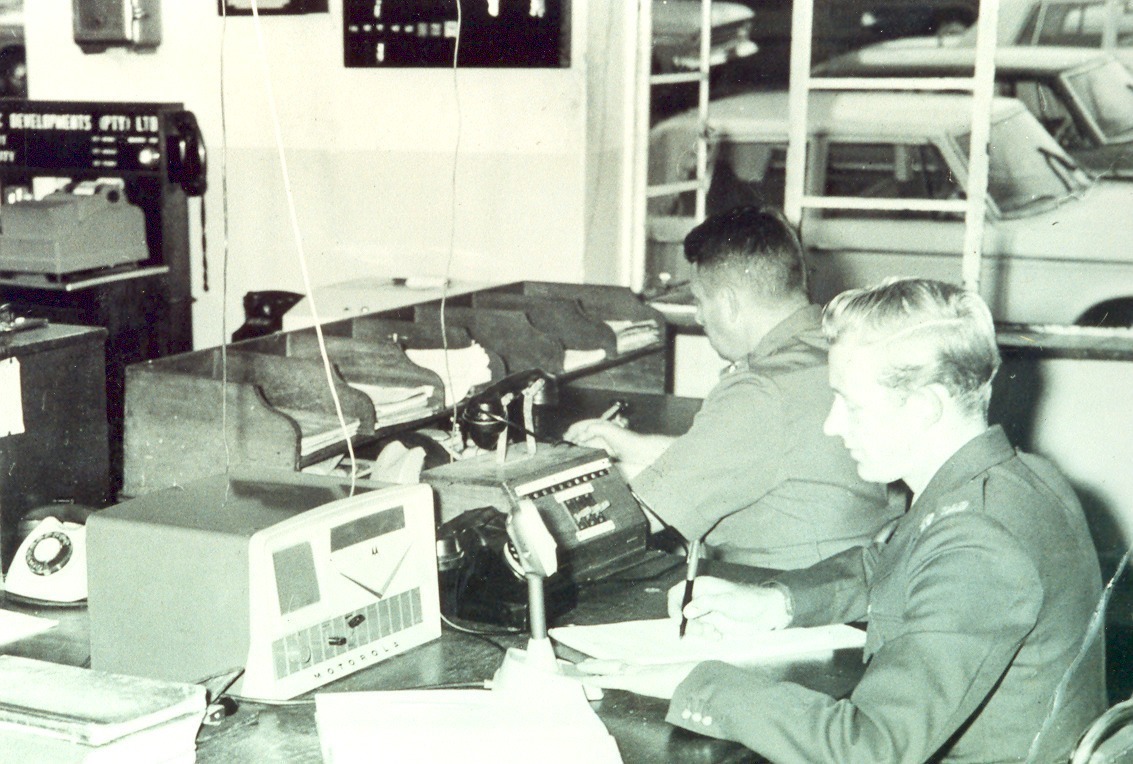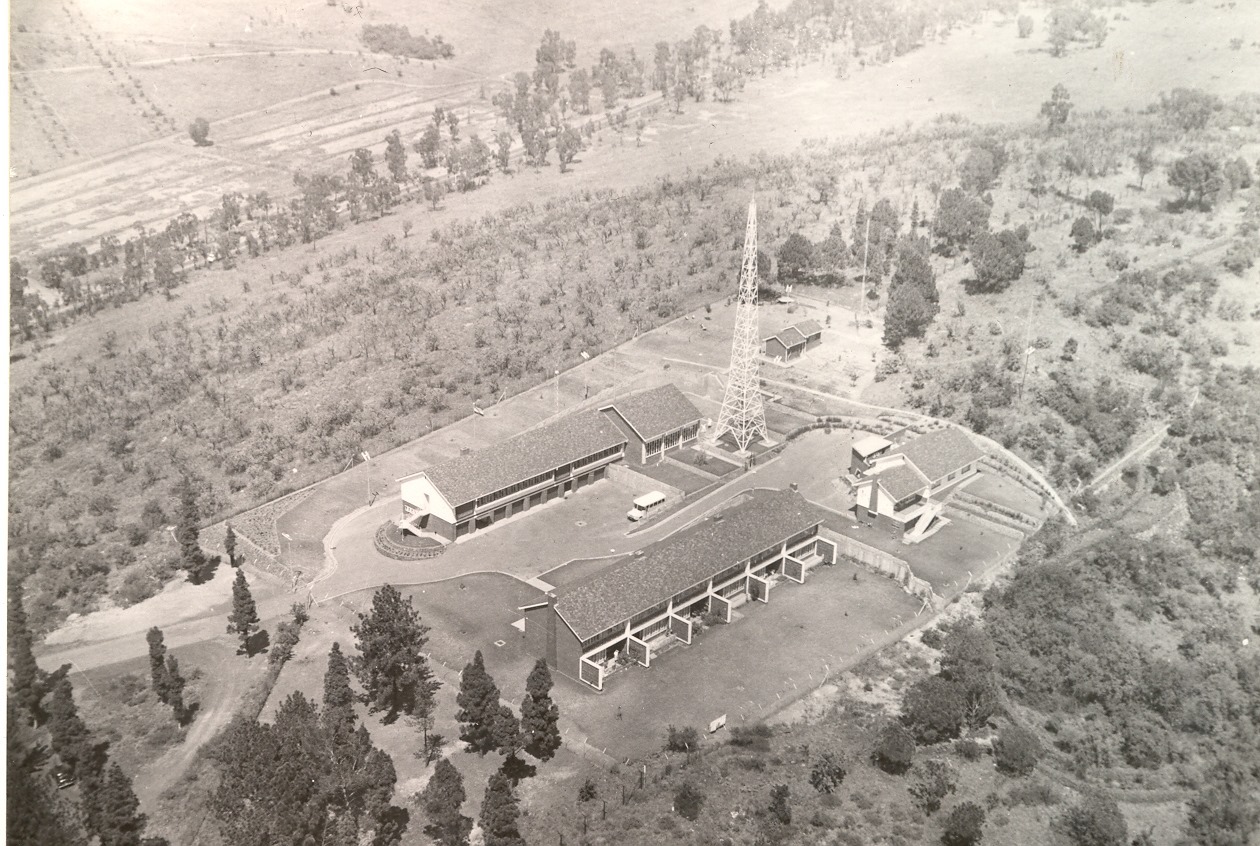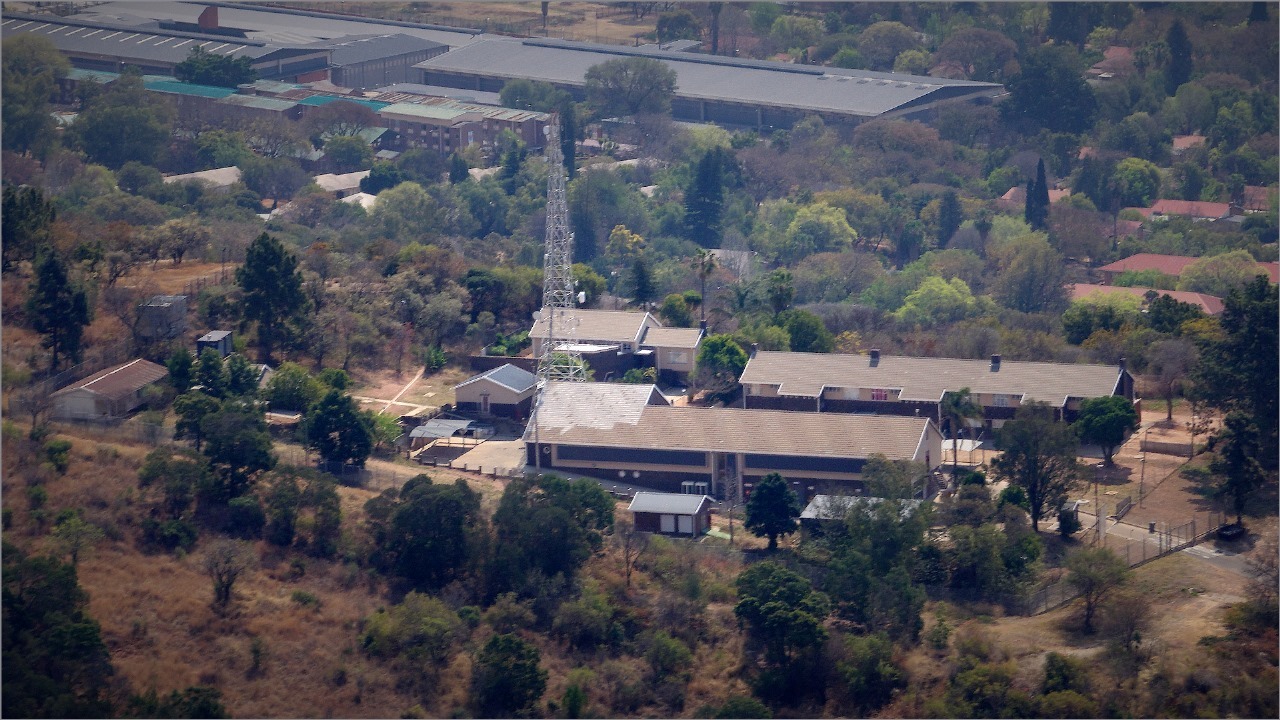First Radio use for apprehension
ABSTRACT:During the 1930’s an armed robbery took place in Bloemfontein and the robbers used a getaway car with a Johannesburg registration. The police in Bloemfontein had a member who was an amateur radio operator. He contacted an amateur radio operator in Johannesburg and asked the radio ham to inform the police about the robbery and to set up a road block. The criminals were apprehended.
KEYWORDS: Radio, Bloemfontein, SAP Radio Technical, Johannesburg, Brown, Marshall Sqaure
Author: Herman Bosman
Eerste gebruik van radio Suid Afrika om arrestasie te doen
n Goeie vriend en oudkollega van my, afgetrede kolonel Owen Paschke wat saam met my by SAP Radio Tegnies gewerk het, het vir my interessante fotos en materiaal gestuur.
Hieronder volg die oorspronklike skrywe en ‘n transkripsie daarvan.
Transkripsie
Mr. J. du Plessis visited the Museum here in the Cape in April 1993.
He described how radios were first used in the police in South Africa to solve a crime. Apparently in the 1930’s it took a long time for a telephone call to take place over a distance. This was due the manual telephone system where the call had to be put through by little plugs from exchange to exchange +- 8 hours for a call from Johannesburg to Durban.
A robbery took place in Bloemfontein and the robbers sped away in a car with TJ-registration in the direction of Johannesburg. A certain policeman named Brown, who had a radio ham contact a fellow radio ham in Johannesburg and told him to contact the police and tell them to put up a road block. The police in Johannesburg would not believe that he could know about a robbery in Bloemfontein that happened 20 minutes ago. Eventually an officer from Marshall Square accompanied the ham and spoke to Brown in Bloemfontein. A road block was set up and the astounded robbers were caught.
The robbery took place at the time that the first V8’s came out. The robbers had one but the police did not. The robbers could not understand how the police knew. The police became impressed with this new science and Brown was transferred and Radio Technical Service was started.
Mr. Du Plessis can also tell how the first radios worked in the police cars. Very different from today.
Mr. Du Plessis’ story sounds very credible and his way that the police reacted to something that they could not understand sounds so familiar. (Remember when faxes came in).
Mr. du Plessis can be contacted at the following address.
(Deleted)
SAP RADIO TECHNICAL: PHOTO ALBUM

